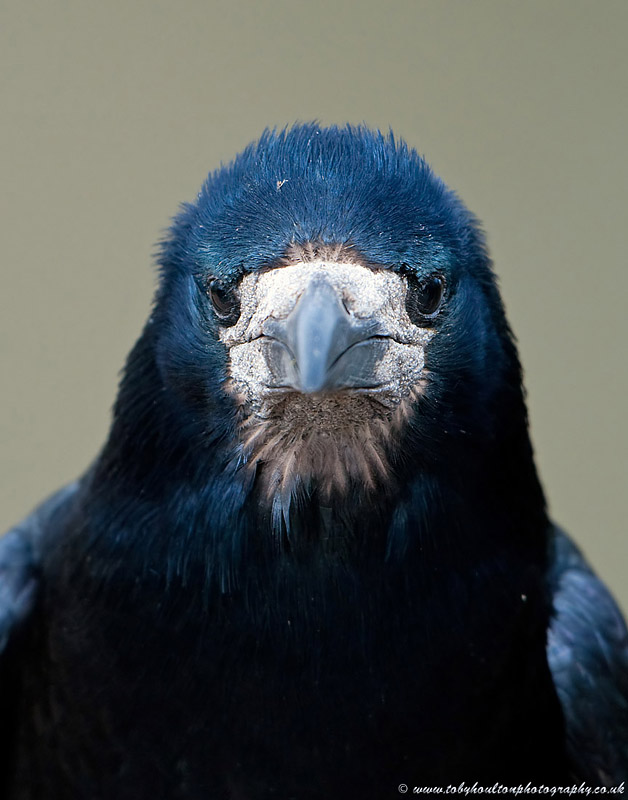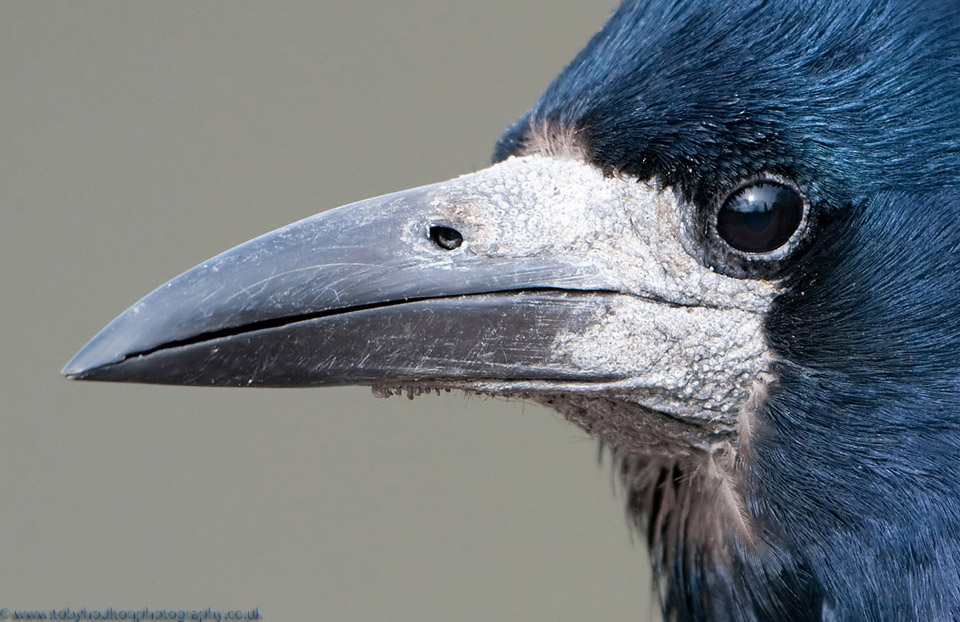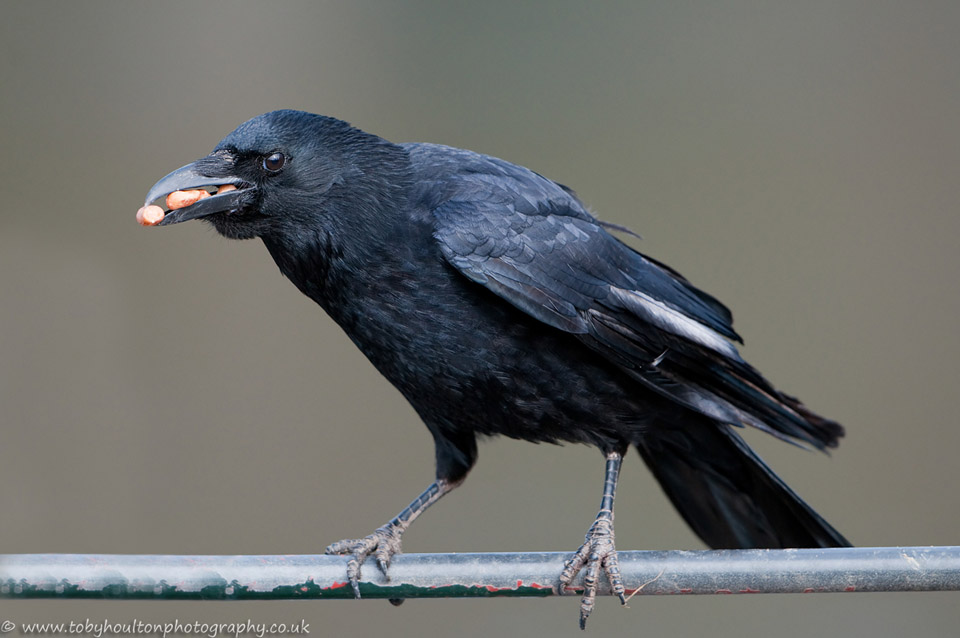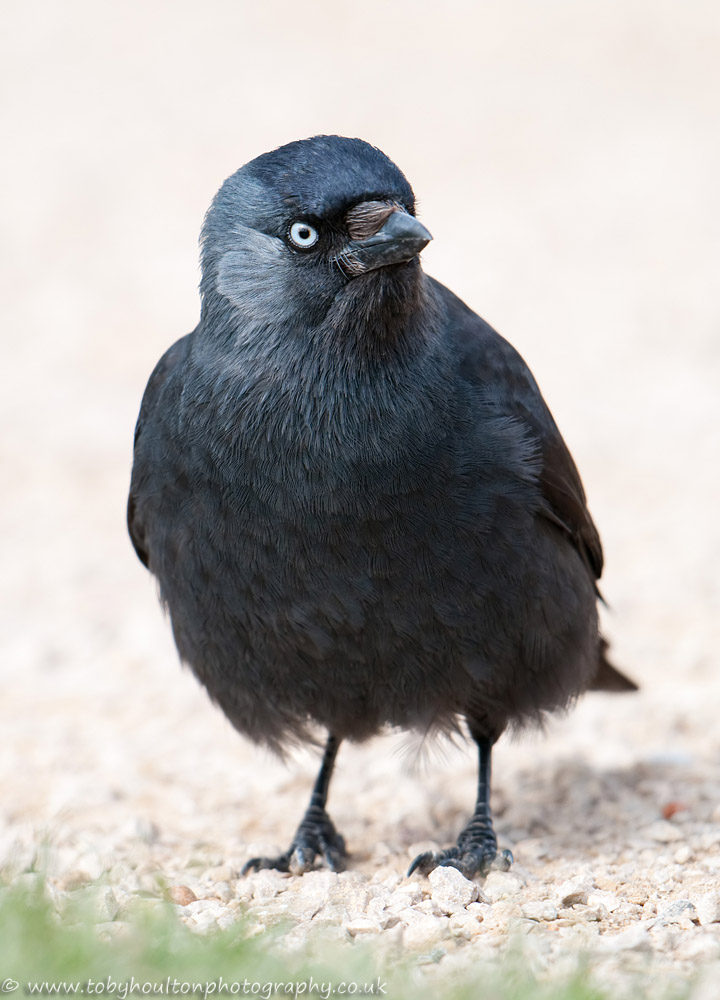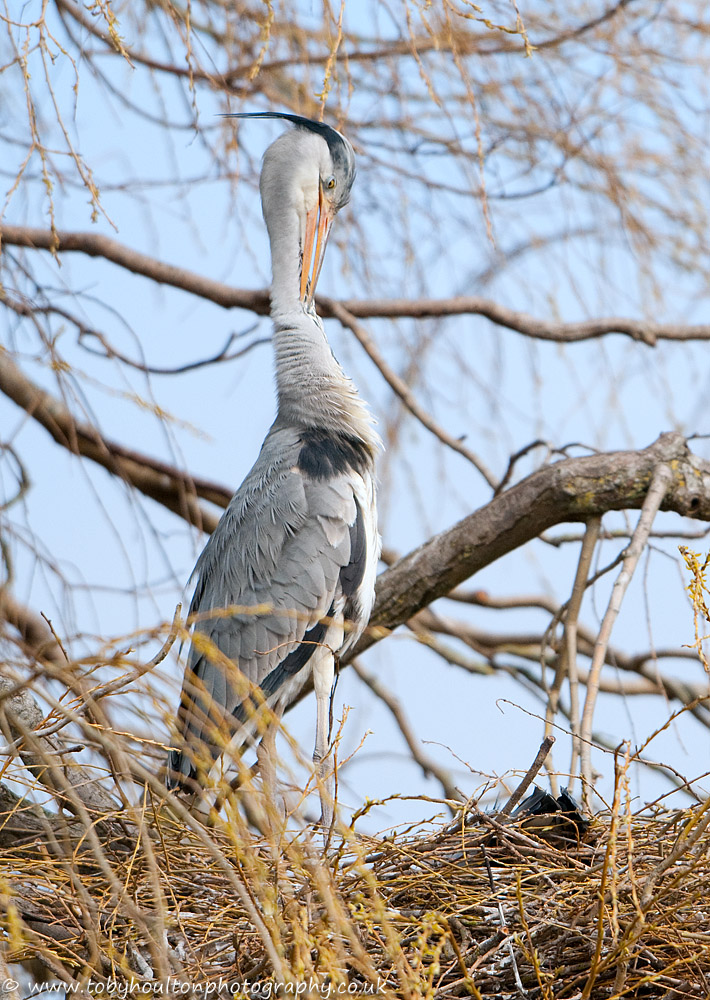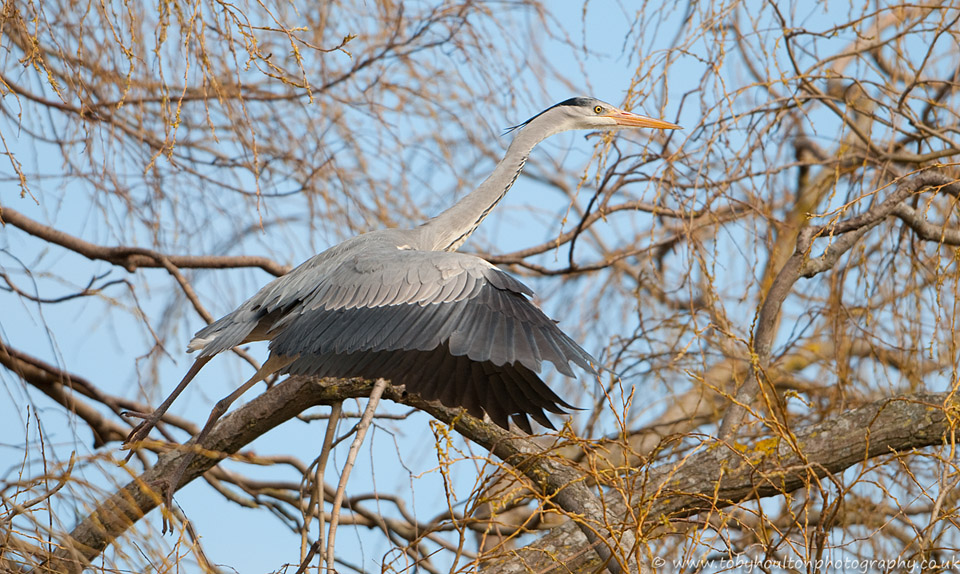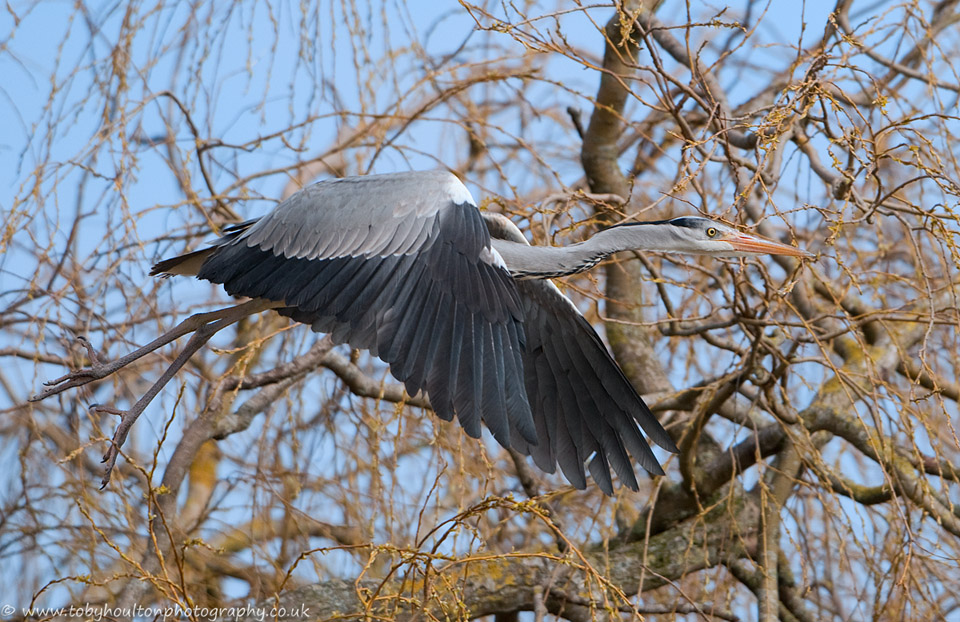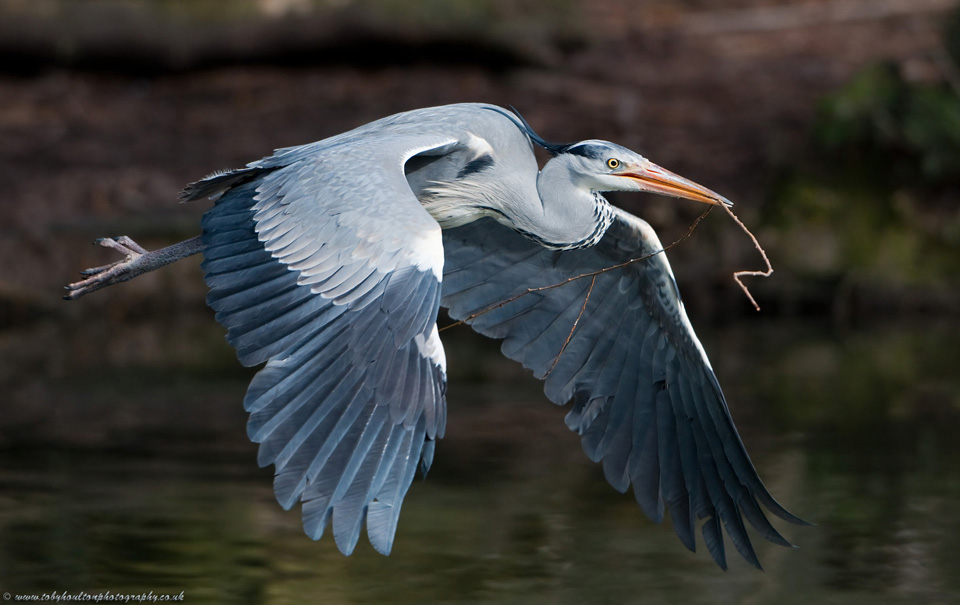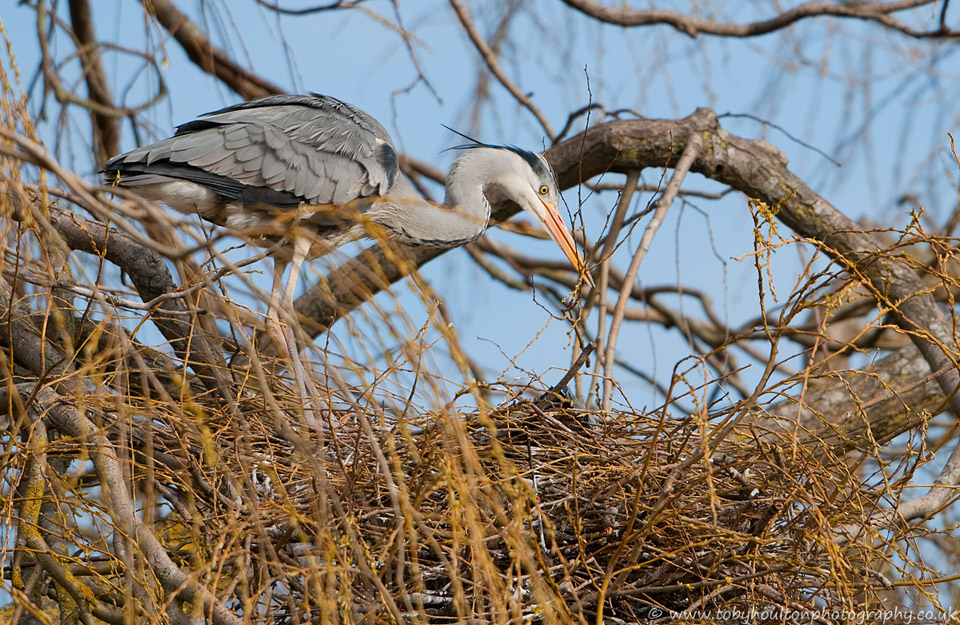I’ve made a small vow this year to travel to some of the reserves that take a little longer to get to and made a start by heading to Stodmarsh, just outside Canterbury. Considering this was early April, spring hadn’t yet bothered to show up and the car dashboard was telling me it was -4.5 degrees on the drive over at 5am. A chilly but beautiful sunny day found us arriving and taking our (my wife Maria also came along) first steps on the reserve. I have to say I was really impressed. So many opportunities await in this place. The reserve sits on the flood plain of the river Great Stour and is a huge reedbed interspersed with a few woody areas. There are a few hides to visit and a lovely walk right round the valley that takes you through the reedbed.
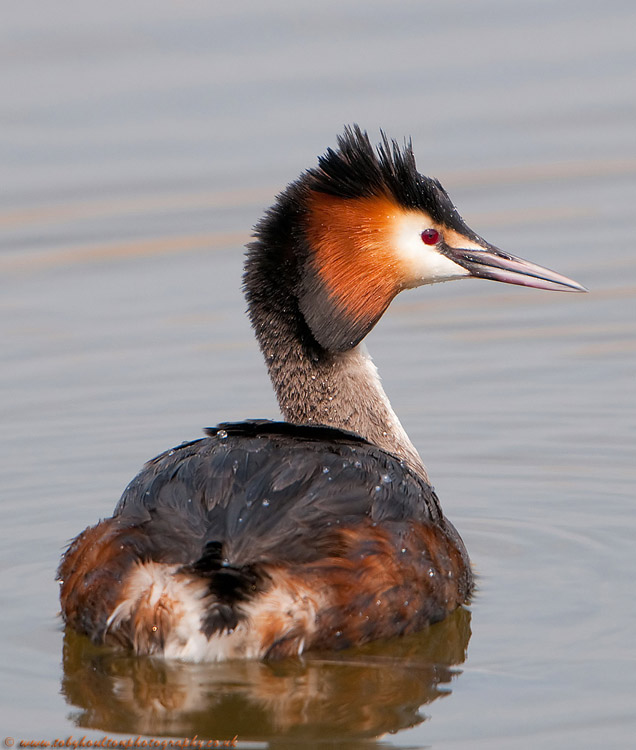
Great Crested Grebe (Podiceps cristatus) – Nikon D300 with Nikon 500mm, 1/1250s, f5.6, ISO320, -0.3EV, 1.4 Converter
We chose to visit the closest (Reedbed) hide which overlooks a lovely shallow lagoon. We could straight away see a Great Crested Grebe fishing in the shallow water, a bird which I can’t help but try to get images of –
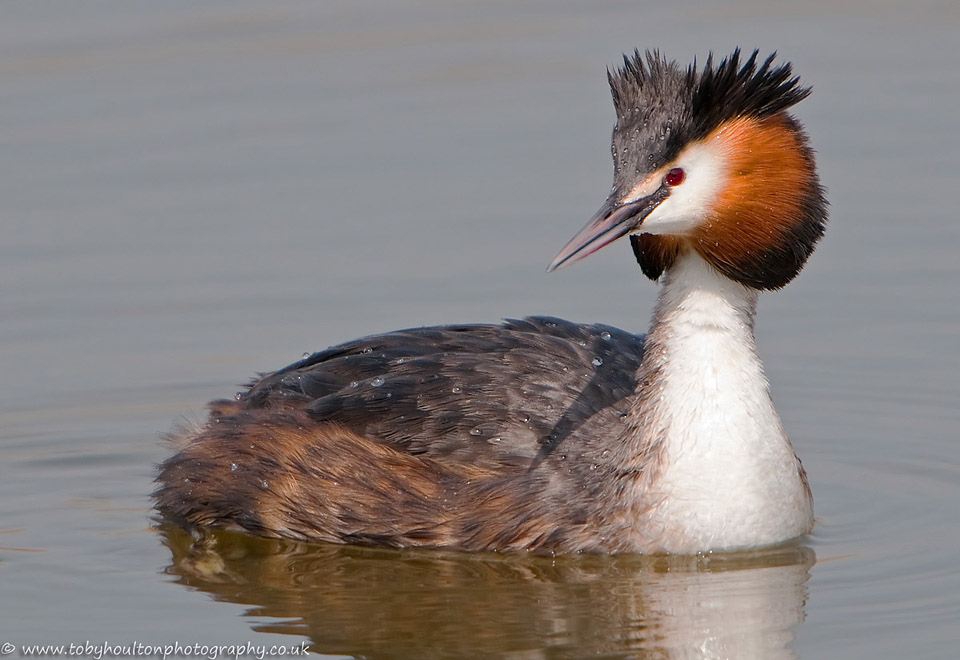
Great Crested Grebe (Podiceps cristatus) – Nikon D300 with Nikon 500mm, 1/1250s, f5.6, ISO320, -0.3EV, 1.4 Converter
This bird was hunted for fashion reasons in the past, almost to extinction in this country, but thankfully now is a familiar site.
We also had great views of a Marsh Harrier flying low over the reedbed, it wasn’t particularly close but I think this image helps to show the amazing habitat –
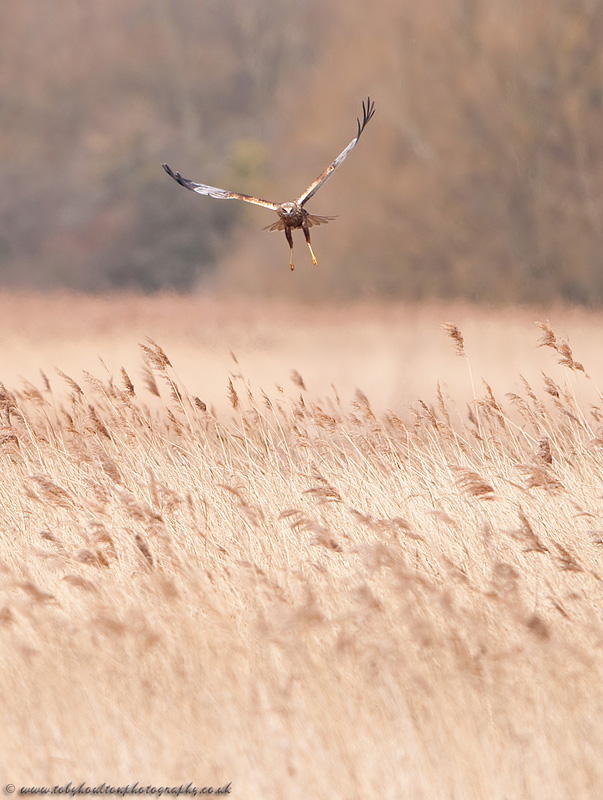
Marsh Harrier (Circus aeruginosus) – Nikon D300 with Nikon 500mm, 1/1600s, f5, ISO320
We had heard that a Penduline Tit had been showing quite well but despite getting directions we couldn’t see where it was meant to be. I did find some other fantastic locations that looked likely given the number of bullrush seedheads but no bird. We then chose to walk around the reserve, through the reedbed and were treated to view of Bearded Tits (no photos this time!) giving away their location with pinging calls that carried well in the stillness. Definitely a place to try again for this species. We also spotted more Harriers ( no surprise given this location) and a Water rail zipped across the path. Finding ourselves at the Marsh Hide, a quick glance inside showed it to be very busy (even though it was very early still) so I decided to give it a miss. It wasn’t until i’d taken a few steps away that I realised that all the lenses were pointing in the same direction and it clicked that something of interest must be about. I could just about see over the reeds and spotted a very big grey bird in the distance which turned out to be a Crane, the first time I’ve ever seen one. I decided I had to try and get a couple of shots, even just a record shot would do, I just couldn’t pass it up. I popped on the 1.4 converter to get the extra reach and managed to find a little space with which to get a better view and a few snaps.
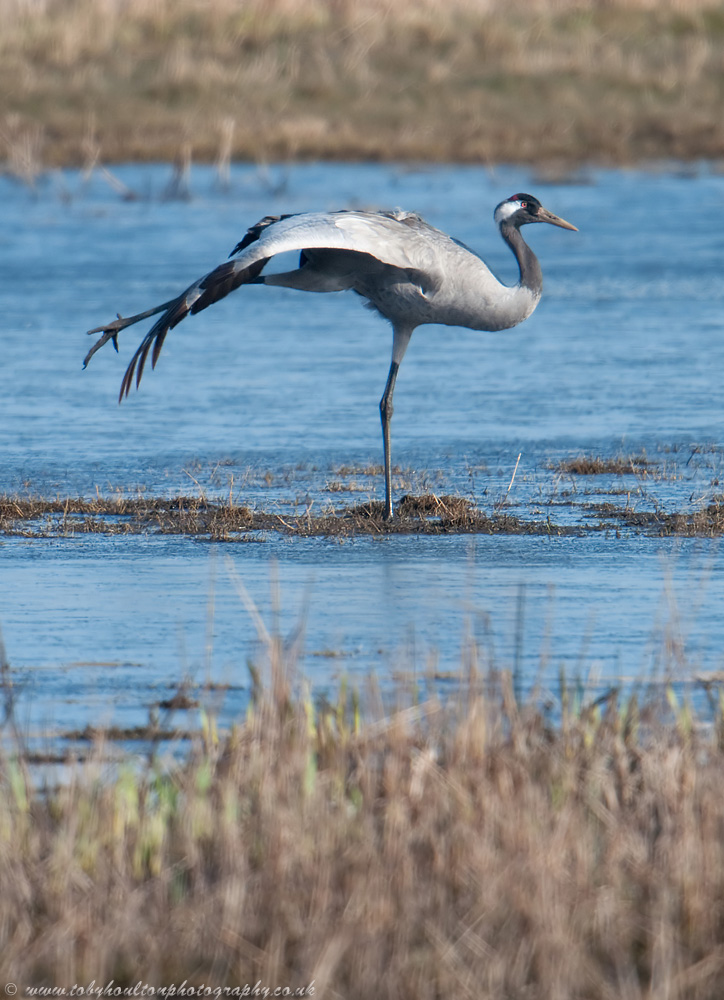
Crane (Grus grus) – Nikon D300 with Nikon 500mm, 1/1000s, f5.6, ISO200, -0.3EV, 1.4x converter
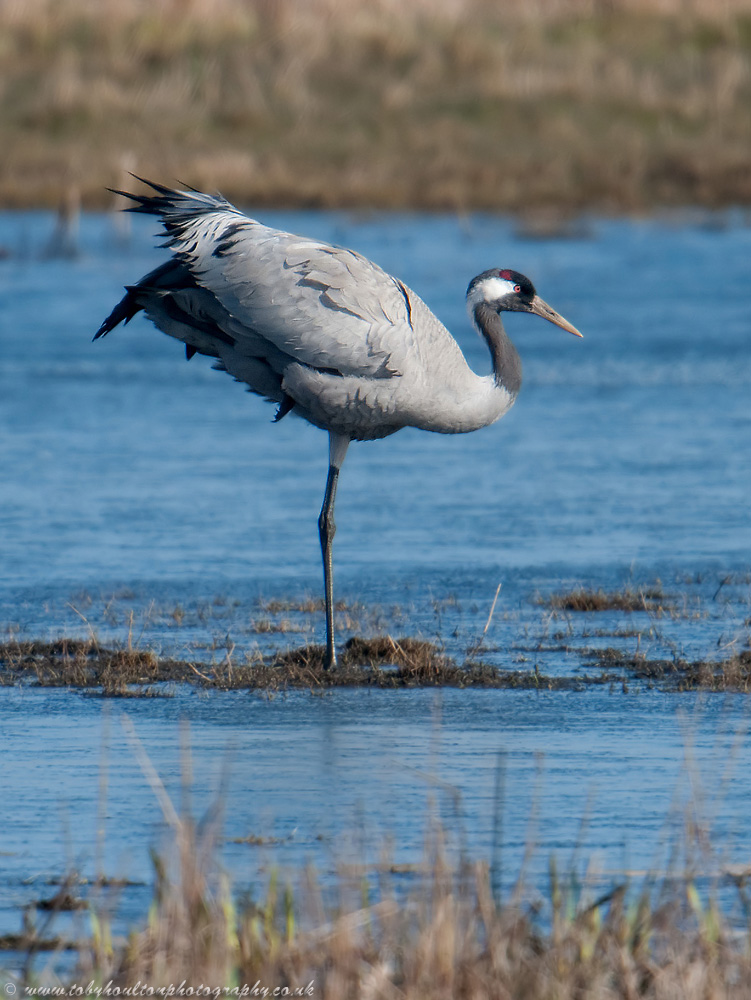
Crane (Grus grus) – Nikon D300 with Nikon 500mm, 1/1000s, f5.6, ISO200, -0.3EV, 1.4x converter
Although this is a BIG bird, much larger than a Grey heron, it was a long way off so I’m really pleased with the images I managed.
Continuing our walk we ended up following the path right round through the reedbed, across some fields and back along the riverside. The woodlands where the path bends back towards where we started held lots of small birds and it was a bonus to spot a few Bullfinches moving around. I also saw my first chiffchaffs of the year. I did get some images but they were instant deletes, these birds don’t sit still for a second and I dodn’t get any I liked. Still good to see though. We ended up passing the tower hide, a hide that is much higher as the name suggests and overlooks a large expanse of water. I didn’t go in here but would think that it would be good in the winter for wildfowl. I nipped back in to the reedbed hide before leaving and managed a few last shots –
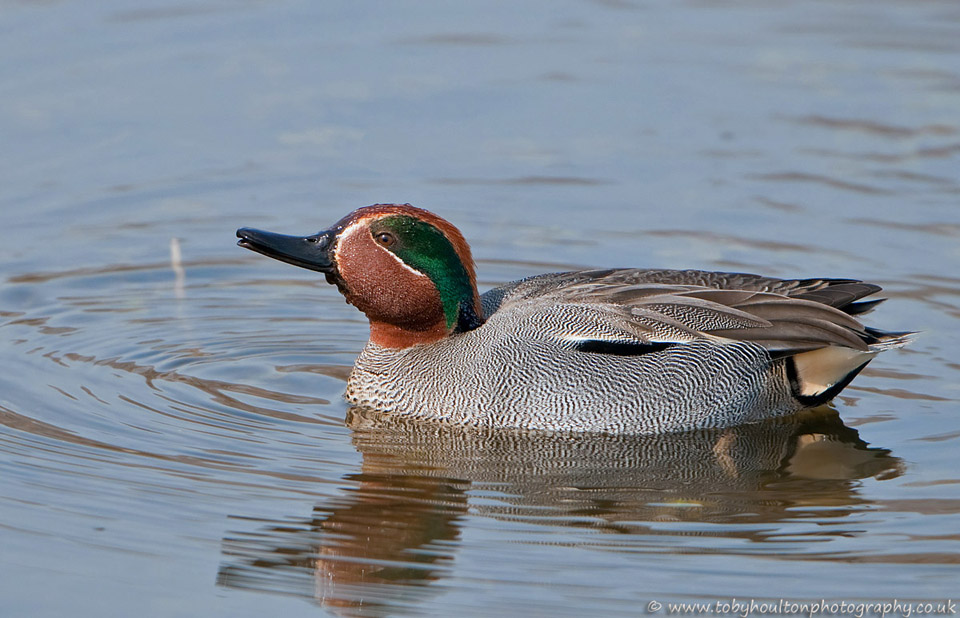
Teal (Anas crecca) – Nikon D300 with Nikon 500mm, 1/1000s, f5, ISO200, -0.3ev
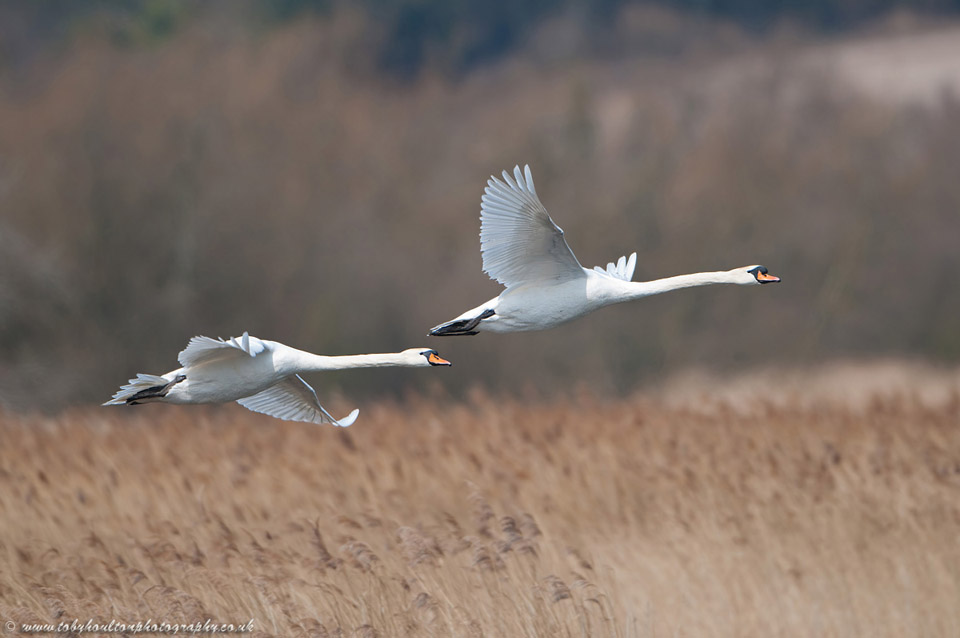
Mute Swan (Cygnus olor) – Nikon D300 with Nikon 500mm, 1/1600s, f4.5, ISO320, -0.3EV
Definitely a place I’d like to go back to. If you are interested you can find information HERE
